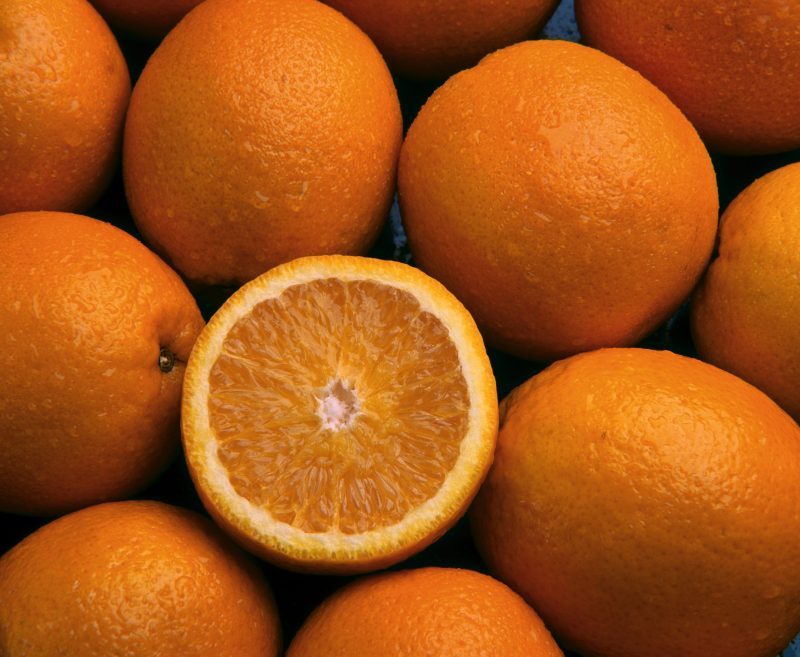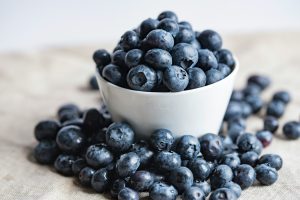The inflationary context and the reduction in purchasing power affected oranges most of all. In spite of this, the campaign stood out for the good behaviour of the prices at source, derived from a drop in production.
The situation was a result of the atypical weather conditions that affected a large part of the country’s fruit and vegetable production: high summer-autumn temperatures and rainfall and low spring temperatures.
The evolution of the economic situation following the Ukrainian war and the high inflation that has continued over time, along with the lower offer available, led to a contraction in consumption and, therefore, in the Spanish exports and European imports during the campaign.
Drop in the European orange offer
The worldwide orange offer dropped by 5.2% to 47.8 million tonnes, owing to the drops experienced in the USA, the European Union and Turkey.
Specifically, production in the EU reached 5.8 million tonnes (-13%), while in the countries outside the EU as a whole, this figure reached 41.9 million tonnes (-4.1%):
North American production was the lowest of the past 56 years, determined by greening or HLB problems and the effect of hurricanes in the Florida region.
In the case of Turkey, the frosts that occurred during flowering were responsible for the drop in production.
The EU’s reduction was caused by the bad weather conditions (high temperatures and drought) that took place in most of the main European producing countries: Spain, Italy and Portugal.
Greece was the only one of the large producers in Europe that increased its production (+9%) compared to the previous campaign, owing to some good crop conditions for all the varieties being grown as a whole.
Orange production in Spain was the tightest in the last ten years, with a 19.9% drop compared to the 2021/22 campaign and a total of 2,868.3 thousand tonnes according to figures from the Ministry of Farming, Fishing and Food (May, 2023).
Andalusia is the region with the largest increase in crop surface area over these last five campaigns (+7.4%), but it is also the region that has presented the largest production drop in 2022/23.
This region was one of the worst affected by the high temperatures and the drought and it even suffered restrictions in the supply of irrigation water. Likewise, 2021/22 was a loading year, which also had a negative influence on the 2022/23 harvest (-26.2%).
In the other producing regions, harvest volumes were also reduced: in the Valencian Community, there was a 12% drop and in the Region of Murcia this reduction reached 19.7%.
Increase in orange prices
The smaller offer from Spain and from the main European competitors caused an increase in prices at source, with average prices in the campaign up to May reaching 31.2 €/kg, meaning +82 % more than in 2021/22. In the case of the Salustiana oranges, this price increase was lower: 33.4 %.
Three phases were differentiated in the behaviour:
At the beginning of the campaign, prices were favourable, from October onwards when Spain went into full production due to the delay in the start of the season. The reduction in oranges coming from South Africa in the preceding months owing to transport problems and the coming into force of cold treatment rules, allowed the orange stocks on the European market coming from the southern hemisphere to be exhausted and this favoured sales of Spanish produce.
From November to January, Spanish oranges were virtually alone on the market. In November they reached prices similar to the maximums recorded over the past five year and even exceeding them from December onwards.
In January, there was an important entry of produce from Greece and Egypt, highlighting the increase in Egyptian shipments in the first quarter of 2023, favoured by a good harvest and the devaluation of the Lira that improved their competitiveness on the international markets.
The behaviour of EU + the United Kingdom imports from countries such as South Africa or Egypt show a growing competition on our main market, as well as the sensitivity of the sector to variations in the offer.




















